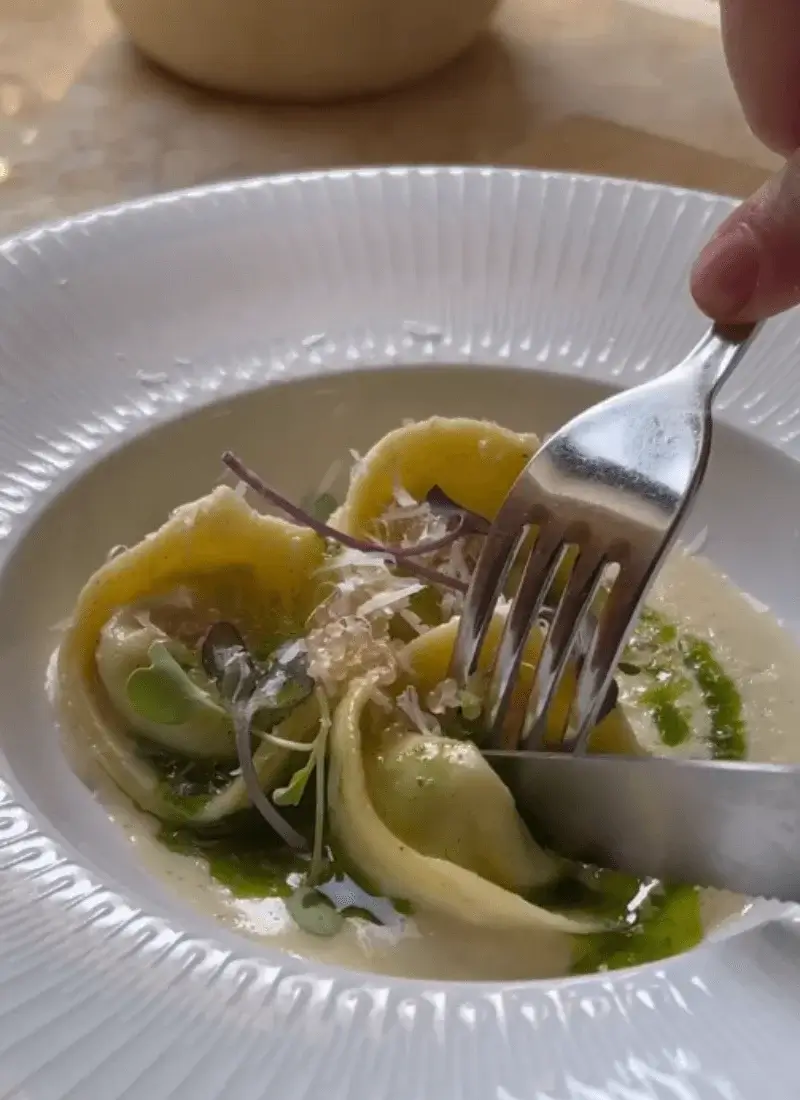Handmade Tortellini Recipe with Asparagus Cream, Parmesan, and Sage Butter
We may earn a commission from recommended products, at no extra cost to you. See Disclosure.
INGREDIENTS
Dough:
- 2½ cups/300 grams finely milled pasta flour
- 8 egg yolks
- 1 whole egg
- Pinch of salt
- 1 teaspoon olive oil
Filling:
- 3½ tablespoons/50 grams butter
- 1 bunch asparagus, tough ends trimmed
- ½ white onion, finely chopped
- 2 garlic cloves, minced
- 1 heaping tablespoon mascarpone cheese
- 1 heaping tablespoon ricotta cheese
- 1.75 ounces/50 grams grated Parmesan
- Juice and zest of ½ lemon
INSTRUCTIONS
- On a clean work surface, create a well with the flour. In the center, add the salt, olive oil, egg yolks, and whole egg. Using a fork, gradually incorporate the flour into the eggs, stirring in a circular motion. Once combined, knead the dough by hand for about 7 minutes, until smooth and elastic.
- Wrap the dough tightly in plastic wrap and refrigerate for at least 3 hours.
- Meanwhile, heat a wide pan over medium heat. Melt the butter and sauté the onion and garlic until softened.
- Add the trimmed asparagus and cook until tender. Remove from heat and let cool.
- Transfer the mixture to a blender. Add the cheeses, lemon zest, and juice, and blend until smooth. Transfer the filling to a piping bag and refrigerate until needed.
- Once the pasta dough has chilled, roll it out using a pasta machine to a thickness of setting 7.
- Lightly flour between rolls as needed. Cut the dough into circles and pipe a small amount of the asparagus filling in the center of each. Lightly moisten the edges with water, fold into a half-moon shape, and press to seal. Bring the two corners together to form a tortellini shape. At this stage, the tortellini can be frozen for later use.
- To cook, bring a pot of salted water to a rolling boil. Cook the tortellini for 3–4 minutes until they float to the surface.
- Serve with a butter-sage sauce and a generous amount of grated Parmesan. Enjoy!
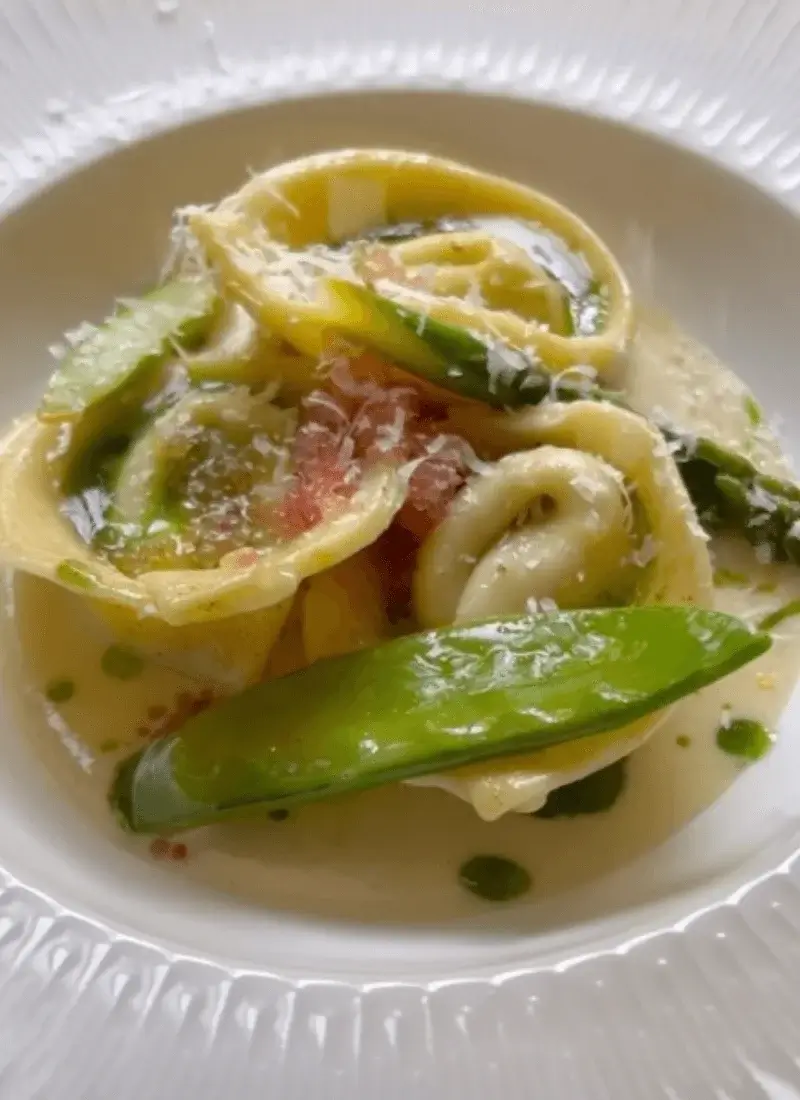
FAQ
Best flour for this handmade tortellini recipe
The best flour for this handmade tortellini recipe is finely milled 00 flour, commonly used in Italian pasta-making. This flour has a low protein content, which ensures a smooth, elastic dough that is easy to roll out and shape. If 00 flour is unavailable, a combination of all-purpose flour and semolina flour can work well, providing both softness and structure. Semolina adds a bit of texture, which can help the tortellini hold their shape during cooking. Always sift the flour before using it, and knead the dough thoroughly to develop gluten, ensuring the perfect consistency for delicate yet sturdy pasta.
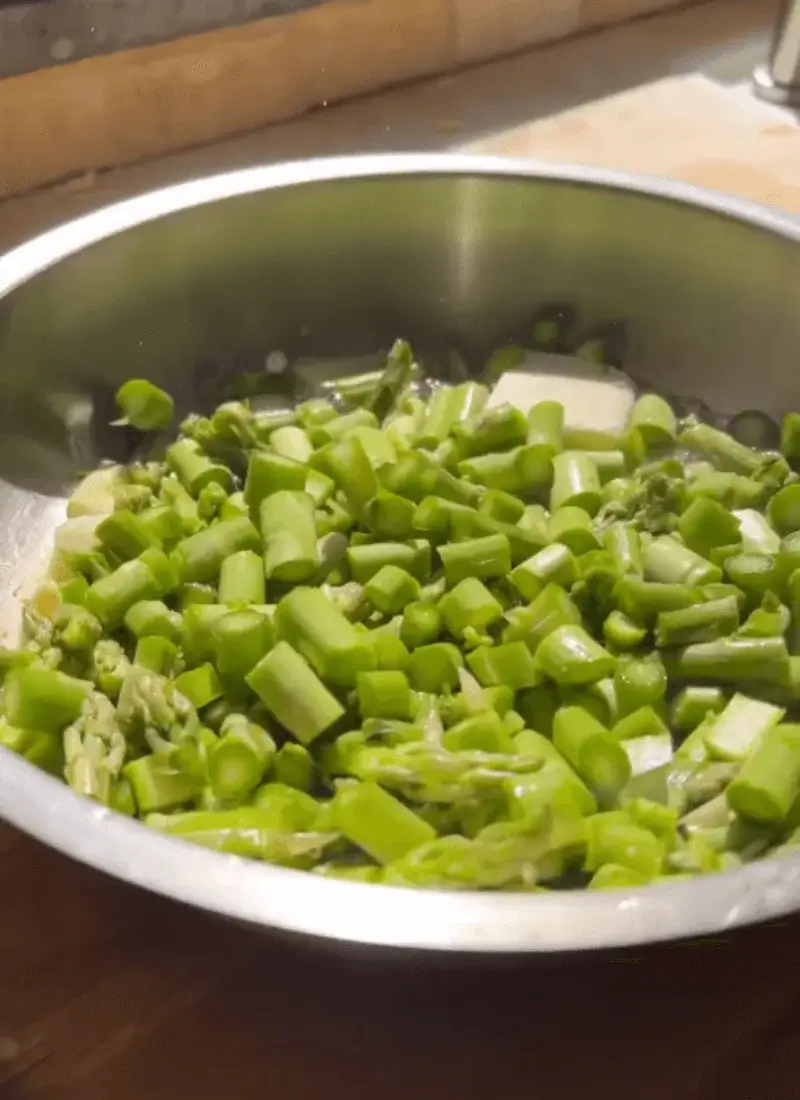
How to shape and seal tortellini
To shape tortellini, start by cutting rolled-out pasta dough into 2-inch circles or squares. Place a small amount of filling in the center—about 1/2 teaspoon—to avoid overstuffing. Lightly moisten the edges with water, fold the dough over into a half-moon, and press to seal firmly. Then, bring the two corners together and pinch to form a ring. Make sure to press out any air pockets before sealing, as trapped air can cause the tortellini to burst during cooking. Work quickly to prevent the dough from drying out, covering unused portions with a damp cloth as you shape.
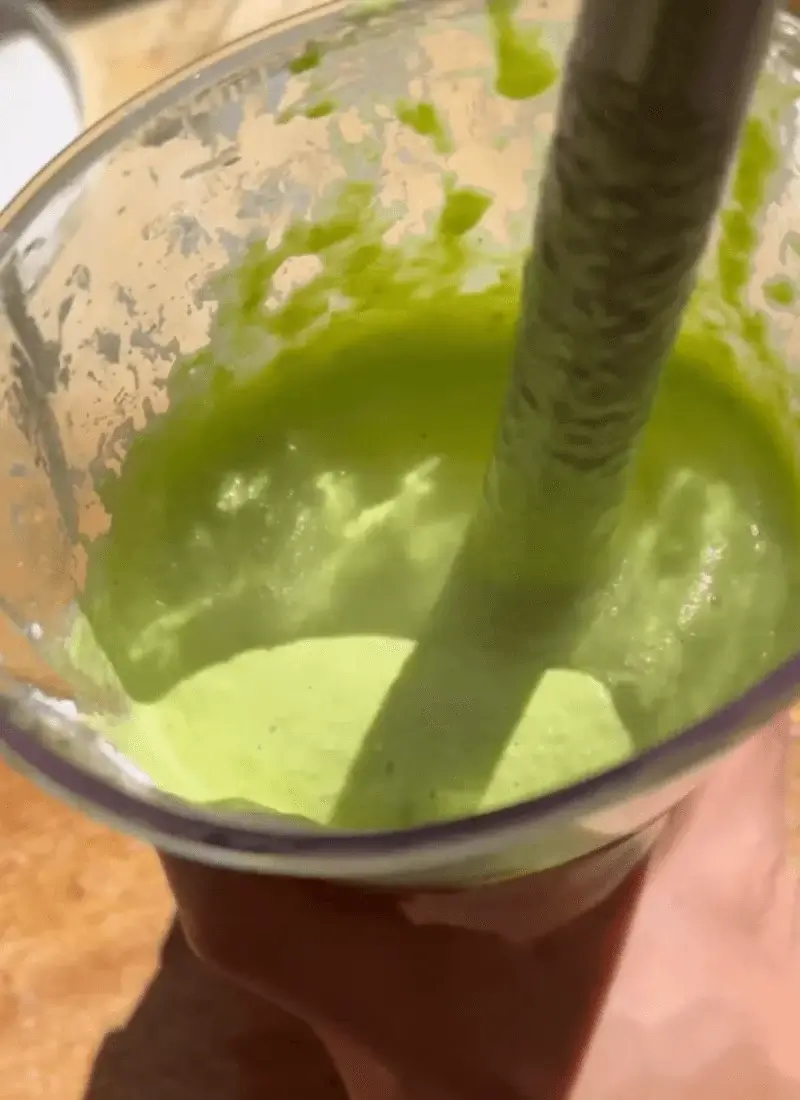
How do I make the filling creamy yet firm?
For a creamy yet firm filling for this handmade tortellini recipe, use a blend of ricotta, mascarpone, and Parmesan cheese. Ricotta provides smoothness, while mascarpone adds richness. Parmesan contributes a salty, umami depth and helps firm up the mixture. To prevent excess moisture, drain ricotta in cheesecloth before mixing. Add egg yolk to bind the filling, and season with nutmeg, salt, and pepper. Avoid over-processing in a blender, as this can make the filling too runny. If necessary, refrigerate the filling for 30 minutes before use, ensuring it holds its shape when piped into the pasta and doesn’t leak during cooking.
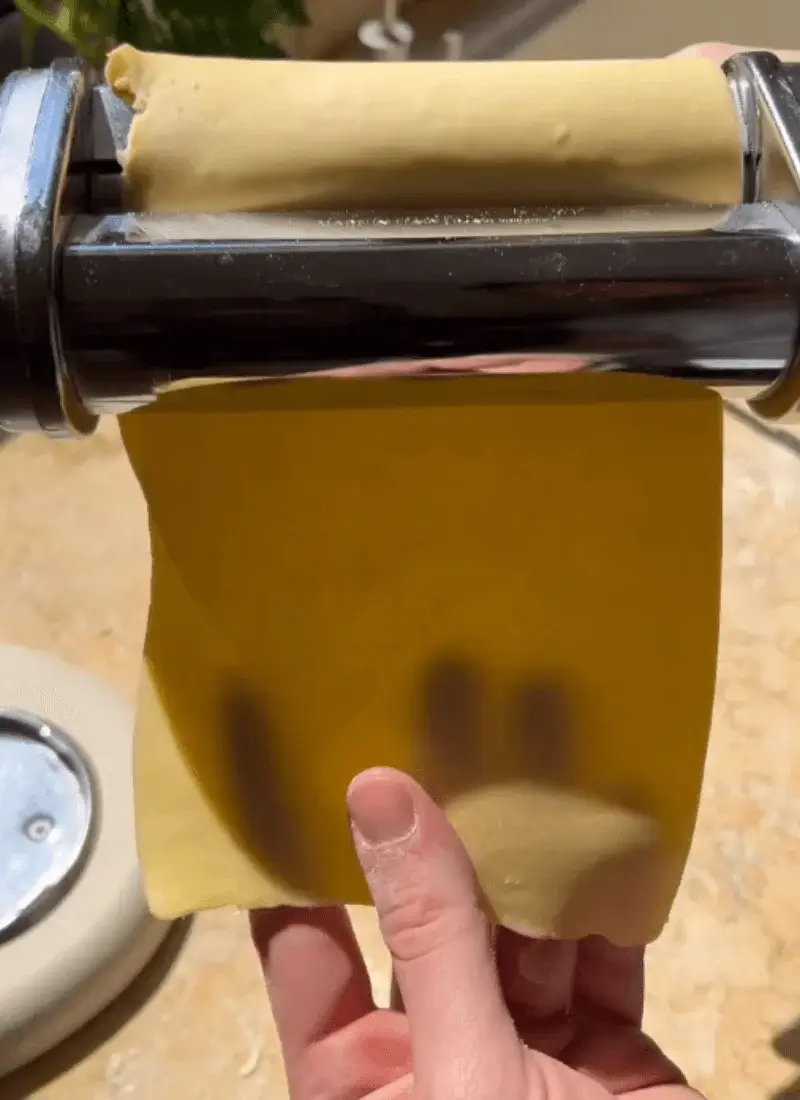
How to properly cook tortellini
To cook tortellini without them breaking, boil a large pot of salted water and reduce it to a gentle simmer before adding the pasta. Vigorous boiling can cause tortellini to burst open. Stir gently with a slotted spoon to prevent sticking. Fresh tortellini typically cook in 3–4 minutes, while frozen ones need 4–5 minutes. They are ready when they float to the surface and the pasta feels tender but firm. Drain carefully and toss immediately with sauce. If serving in broth, cook tortellini directly in the broth over low heat to maintain their delicate structure and prevent overcooking.
How can I make my tortellini dough more elastic?
To make tortellini dough more elastic, use a high ratio of egg yolks to whole eggs, as yolks add richness and flexibility. Knead the dough for at least 7–10 minutes until it becomes smooth and pliable—this develops gluten, which strengthens the dough. If the dough feels too dry, add a few drops of water while kneading; if too wet, dust with a little extra flour. Let the dough rest, wrapped in plastic, for at least 3 hours to allow the gluten to relax. Resting improves elasticity, making the dough easier to roll out and shape without tearing.
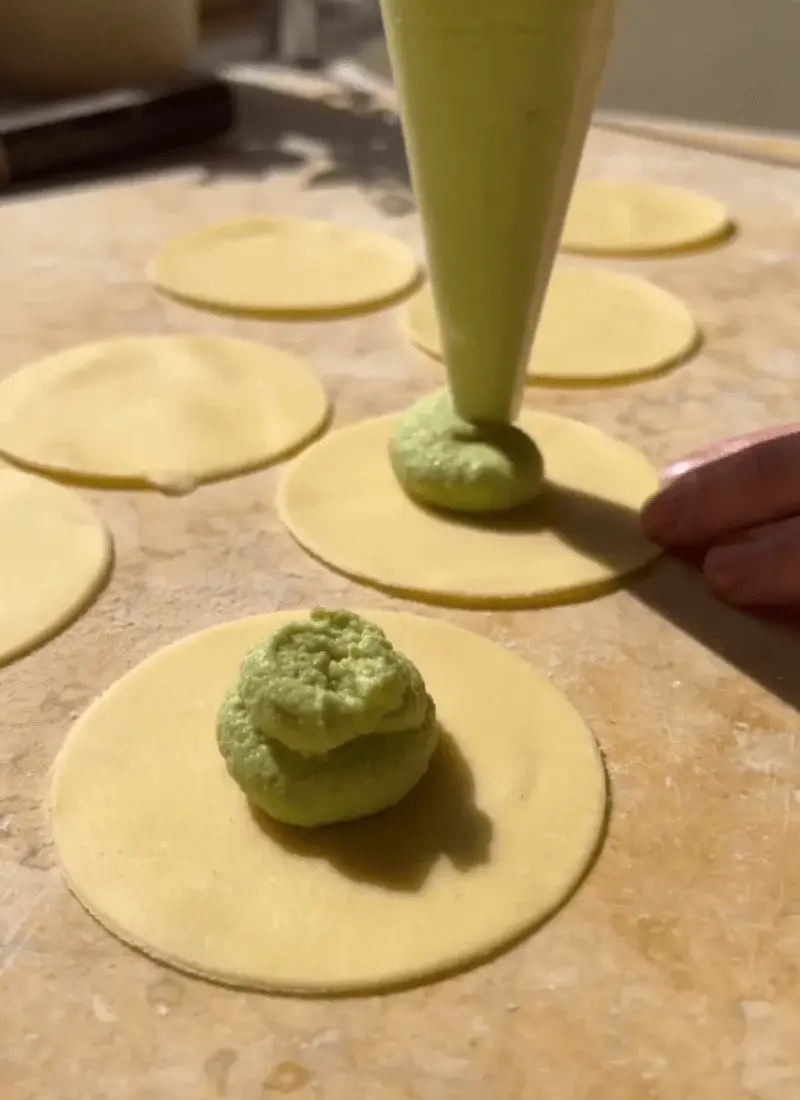
What sauces pair with this handmade tortellini recipe?
This handmade tortellini recipe pairs well with simple, elegant sauces. Butter and sage is a classic choice, highlighting the pasta’s delicate texture. A Parmesan cream sauce adds richness without overpowering the filling. Light tomato-based sauces with basil provide a bright contrast, while a traditional brodo (clear broth) enhances the tortellini’s natural flavors. Pesto works well for a herby, nutty twist. Avoid chunky, heavy sauces that can overpower the pasta’s delicate nature. If using a cheese-based sauce, balance it with a touch of acidity, such as lemon zest, to keep the dish from feeling too heavy.
What makes this handmade tortellini recipe authentic?
Authenticity in a handmade tortellini recipe comes from using traditional Italian techniques and high-quality ingredients. The dough, made with 00 flour and egg yolks, creates a silky yet firm texture. The filling is typically a balance of creamy cheese, vegetables, or meat, seasoned to perfection. Hand-rolling and shaping each tortellini ensures a delicate bite, just like in traditional Italian kitchens. Cooking the tortellini gently in simmering water preserves its texture. Finally, serving it with classic sauces like butter and sage, Parmesan cream, or a light broth enhances the authentic flavors, making this dish a true Italian staple.
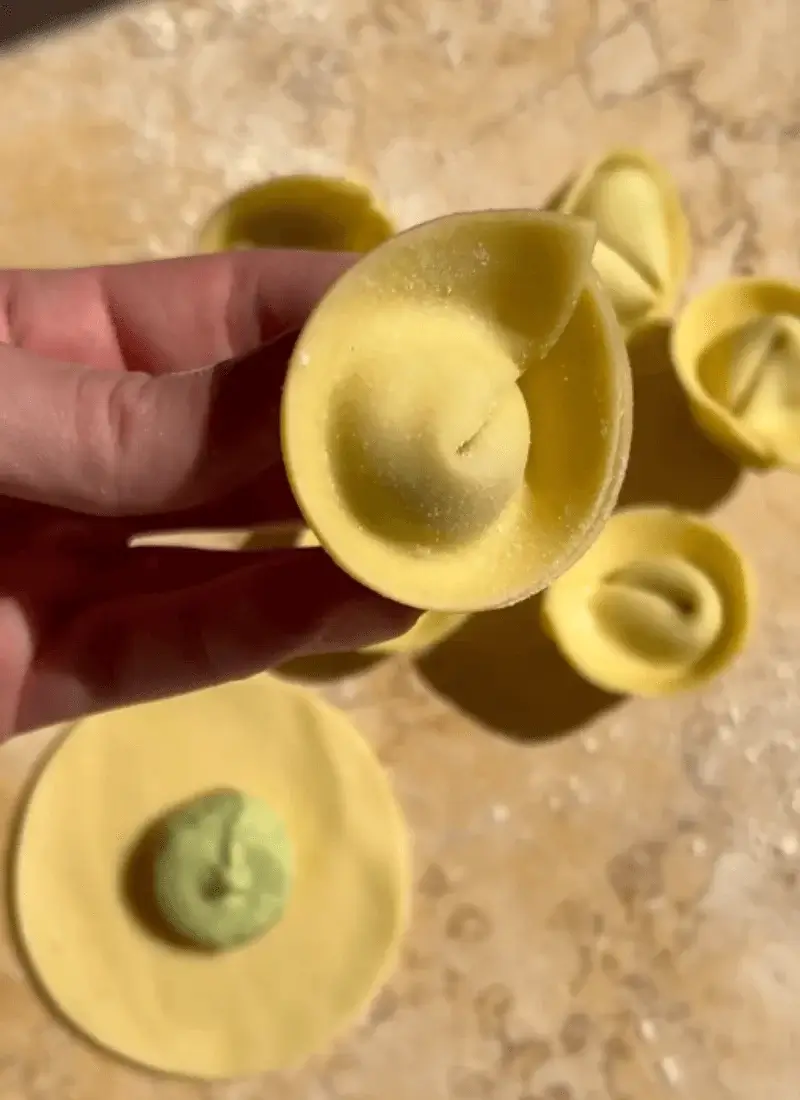
What salads pair well with this handmade tortellini recipe?
A light, refreshing salad is the perfect complement to this handmade tortellini recipe, balancing the richness of the pasta. A classic arugula salad with lemon vinaigrette and shaved Parmesan adds a peppery, citrusy contrast. A tomato and burrata salad with basil and balsamic glaze enhances the Italian flavors. For a crisp option, a fennel and apple salad with walnuts offers a sweet, nutty crunch. A simple mixed greens salad with a light balsamic dressing works well for versatility. Avoid heavy, creamy dressings—opt for bright, fresh flavors that cleanse the palate and enhance the delicate tortellini experience.
What wines pair well with this handmade tortellini recipe?
The best wine pairing for a handmade tortellini recipe depends on the filling and sauce. For cheese-filled tortellini with a butter-sage or Parmesan cream sauce, opt for a light Chardonnay or Sauvignon Blanc. If served with a tomato-based sauce, a Chianti or Barbera balances the acidity. For meat-filled tortellini, a medium-bodied red like Sangiovese or Pinot Noir works well. Tortellini in brodo pairs beautifully with a dry white wine like Vermentino. The goal is to enhance, not overpower, the delicate flavors of the handmade pasta with a complementary, well-balanced wine selection.
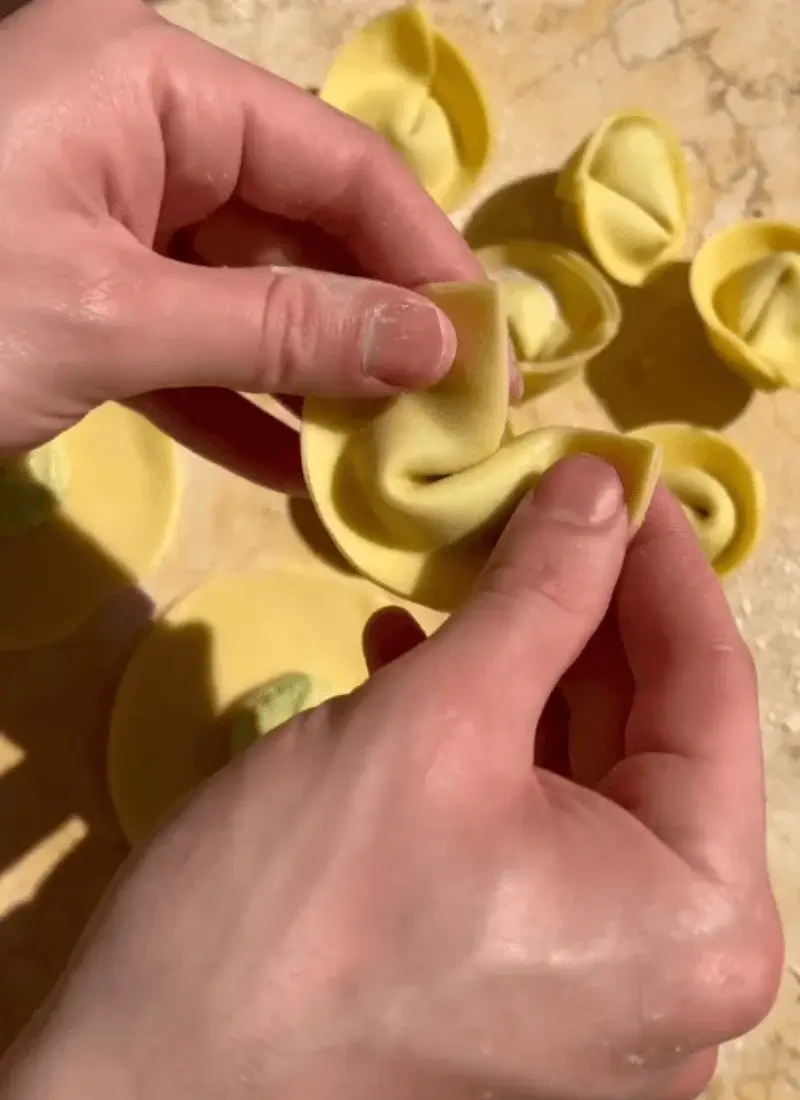
What is the difference between tortellini and tortelloni?
The primary difference between tortellini and tortelloni is their size and filling. Tortellini are small, bite-sized pasta traditionally filled with meat, cheese, or vegetables and served in broth or light sauces. Tortelloni are larger, usually about twice the size, and typically filled with softer, creamier ingredients like ricotta, pumpkin, or spinach. Due to their size, tortelloni are often served with butter-based or tomato sauces rather than in broth. Both share the same classic folded and sealed shape, but tortelloni offer a more substantial bite, while tortellini are delicate and often part of traditional Italian soups.
How do you store fresh tortellini before cooking?
Fresh tortellini should be stored properly to maintain its texture. If cooking within a few hours, place the tortellini on a lightly floured baking sheet, cover with a clean kitchen towel, and keep them in a cool, dry place. For longer storage, refrigerate them in a single layer on a tray covered with plastic wrap for up to 24 hours. To freeze, arrange tortellini in a single layer on a parchment-lined tray and freeze until solid, then transfer them to an airtight container or bag. Frozen tortellini can be boiled directly from frozen, ensuring they hold their shape.
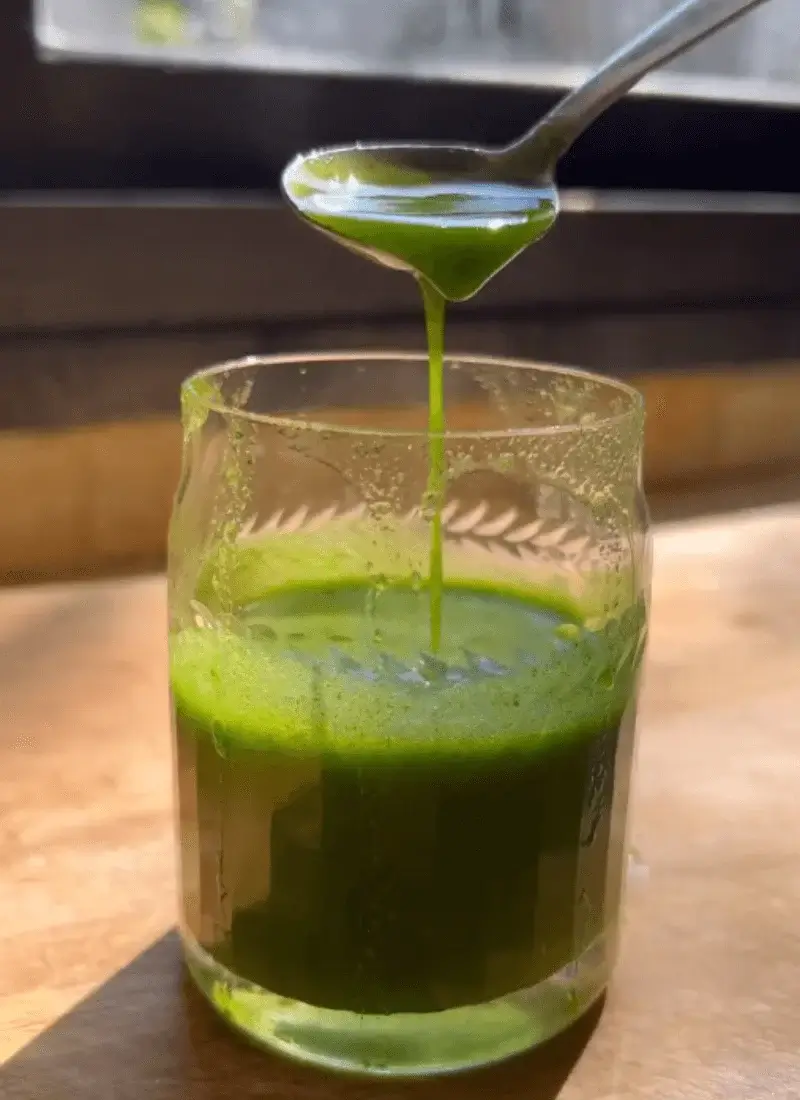
Why does my tortellini filling leak out during cooking?
Tortellini filling can leak due to poor sealing, excess moisture, or overcooking. Ensure the edges are properly sealed by lightly moistening them with water before pressing firmly. Press out any air pockets, as trapped air expands during cooking and can cause leaks. If using a cheese-based filling, drain ricotta before mixing to remove excess liquid. Overcooking tortellini can cause the dough to weaken and split, so cook them gently in simmering, not boiling, water. If making tortellini in advance, refrigerate or freeze them immediately to prevent the filling from softening and seeping out before cooking.
Using store-bought dough to make this recipe
Store-bought pasta dough can be used for making tortellini, but fresh homemade dough provides better texture and flavor. If using store-bought dough, choose high-quality fresh pasta sheets, often found in the refrigerated section. Roll the dough slightly thinner if it feels too thick, as delicate pasta is essential for tortellini. If using dry lasagna sheets, briefly soak them in warm water to soften before shaping. Store-bought dough may lack the elasticity of homemade versions, so handle it gently to prevent cracking. While convenient, making your own dough allows for better control over flavor, texture, and consistency.
